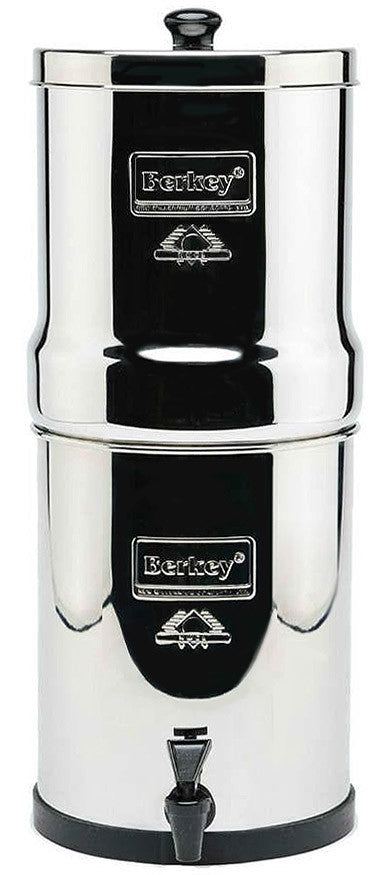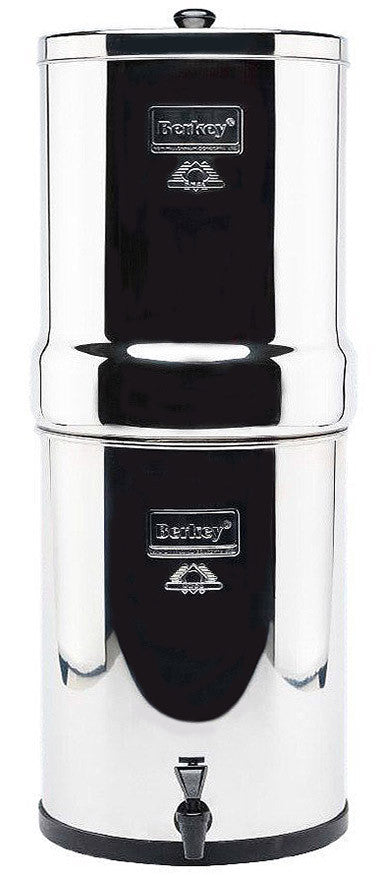
Fracking, or hydraulic fracturing, involves injecting or drilling fluids into the earth at high pressure to release the gas inside. This process fractures earth elements to discharge natural gas.
More than 600 chemicals use fracking unsolidified components like carcinogens and toxins. These are lead, uranium, mercury, ethylene glycol, radium, methanol, hydrochloric acid, and formaldehyde. Fraction fluid is injected into the ground with pressure through a drilled pipeline.
Some companies use fracking waters to resist divulging fracking waters, assuming that being informative is proprietary. Some companies use fracking to remove billions of crystal-clear water from the water cycle.
Fractures can extend hundreds of feet away from the water source. Proponents like ceramic pellets, sands, and other tiny, incomprehensible particles hold new, opened-created features.
Mathematical Calculations
The five hundred thousand active wells in the United States, multiplied by 8 million gallons of water per fracking and 18 times the number of times a gallon can be fractured, equals 72 trillion gallons of water. Furthermore, 360 billion gallons of chemicals are needed to run the current gas wells.
Contamination of Fractured Chemicals in Water
Chemicals and toxic methane gas percolate in this process and infect water in adjacent water sources. Methane concentrations are 17 times higher in drinking water near other fracturing sites than in normal water. Contaminated drinking water is used in cities and nearby towns.
According to studies and research, over 1,000 cases of water are documented. This usually happens next to areas of gas drilling sites. Cases of sensory, respiratory, and neurological damage were also reported due to the indigestion of water contamination.
There were also cases in which 30-50% of fractured water was recovered. The rest of the fractured water was left behind in the earth and is non-biodegradable.
The toxic fluid evaporates into thin air, releasing harmful VOCs or volatile organic compounds. When left in the open air, evaporation occurs. VOCs cause acid rain, polluted air, and earth-level ozone when released.
The research team from the Institute of Health and the Environment, the University of Missouri, and the Center for Environmental Health conducted studies and research. The studies and research show that bodies exposed to chemicals released by hydraulic fracturing lead to health risks for men, women, and children. Hydraulic fracturing is harmful to women since it can affect the reproduction of childbirth and its development.
The Process of Hydraulic Fracking

Hydraulic fracking is a technique usually used in alternative gas production. Alternative tanks are cost-effective gas producers. However, like other special technologies and processes, hydraulic fracking is only used with a special stimulation technique.
Shale gas extraction was produced recently, while the CBM or coalbed methane was produced in 1984. There are three processes of hydraulic fracking. Namely, shale gas extraction, the production of CBM or coalbed methane, and the use of tight sands.
Berkey Water Filters against Fracking of Chemicals in Water
A healthy lifestyle is the topmost priority in today's society. Maintaining health keeps us healthy, especially when fulfilling our daily routines. Most importantly, it is better to secure yourself water worth and safe for drinking.
Water is one of the most important necessities in a person's life. A person survives long days without food, given that water is present. In today's generation, there are many things we can no longer pour our 100% trust in, especially in business and marketing. Most companies either exaggerate the details or promise their consumers false facts. And yes, it is disappointing and scary.
In that light, you need not worry anymore about finding a trustworthy water supplier. People worldwide trust Berkey Water Filters products because they are high quality and promote water safety.
Big Berkey Water Filter is one of the most popular Berkey models. It is perfect for everyday household use and is unique because of its unique filtration system.
Why Big Berkey Water Filter is Mostly Used in Households Worldwide

The Big Berkey Water Filter's steel features are a huge advantage. This Berkey water filter does not have a hose taste because it does not have a hose attached to its body. The water is clean, safe to drink, and has no medical aftertaste.
Big Berkey Water Filter dramatically reduces trihalomethanes, inorganic minerals, heavy metals, pharmaceuticals, pesticides, VOCs, petroleum products, perfluorinated chemicals, rust, silt, sediment, radiological, and more.
This water filter system is so powerful that it can also remove red food coloring from natural water sources without removing the beneficial minerals your body needs.
This powerful water filter system will provide clean, chemical-free water, assuring you and your family the safety and satisfaction you seek.
← Older Post Newer Post →





